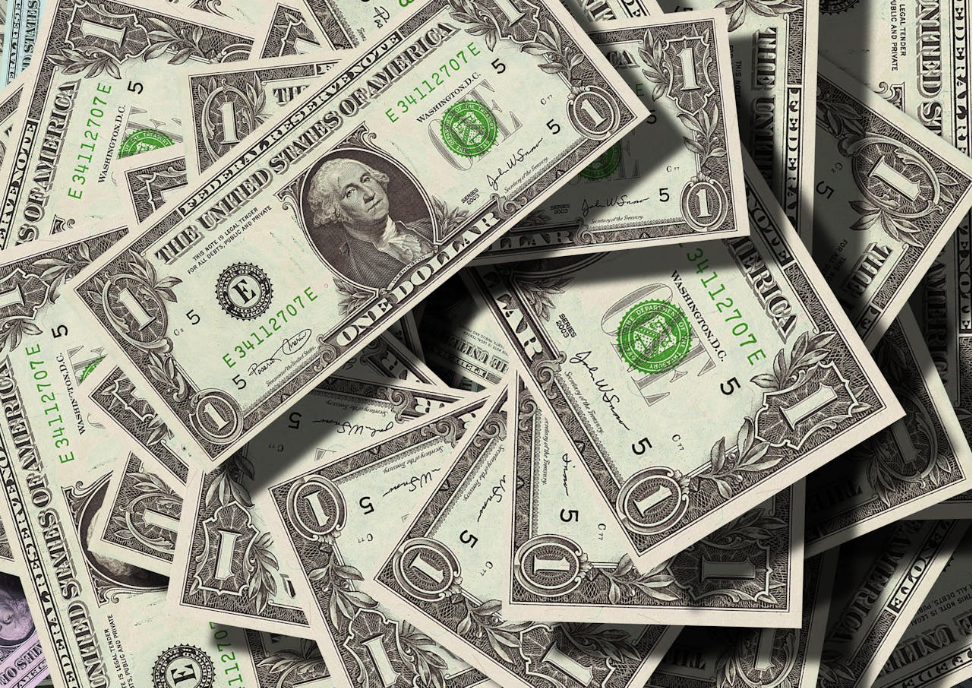Bangladesh’s foreign currency reserves have reached $22.24 billion, marking the highest point since August 2023. This increase greatly enhances the nation’s capacity to manage almost four months’ worth of import expenses. Data published on June 24 shows that gross reserves, following the International Monetary Fund’s BPM6 guidelines, climbed from $21.38 billion just five days prior, and total reserves grew from $26.55 billion. billion to $27.30 billion. This gain was driven chiefly by fresh inflows from multilateral agencies. The Asian Infrastructure Investment Bank has agreed to a $400 million loan for budget support, which will directly strengthen the foreign exchange buffer, according to the government. In recent weeks, the World Bank and Asian Development Bank each approved $500 million and $900 million, respectively, to strengthen banking sector reform and climate resilience. Analysts emphasize the importance of maintaining reserve levels above the critical three-month import threshold. With global economic volatility persisting—marked by inflation and trade disruptions—Bangladesh’s improved reserves offer a much-needed financial cushion. Bangladesh Bank data confirms a clear upward trajectory. As of June 19, gross reserves stood at $26.55 billion, up from $26.15 billion on June 15 and $25.80 billion at the end of May. Experts credit this resilience to sustained remittance inflows and rising export revenues, particularly from the garment sector and services. Dr. Ahsan H. Mansur, Governor of Bangladesh Bank, attributed the increase to prudent reserve management, including interbank sales and scheduled external loan service payments. “Despite paying off some overdue dues, reserves have risen—a strong sign of economic rebound,” he noted. External stakeholders also view the reserve growth positively. Multilateral lenders see the increase as an indicator of the country’s financial discipline and reform-driven approach. Analysts say it can help stabilize the taka and buffer against future external shocks. However, sustaining this momentum will require balanced fiscal management. Rising import bills—due to industrial expansion and infrastructure programmes—are likely to increase demand for foreign currency. Simultaneously, global interest rate shifts and weakening remittance growth remain risks to reserve stability. To navigate these pressures, policymakers will need to continue supporting remittance channels, fostering export diversification, and ensuring timely inflows from development loans. Bold macroeconomic and financial sector reforms remain essential to maintain investor confidence and external balance. Bangladesh’s reserves hitting the highest in almost two years is a strong indicator of economic resilience. Amid global uncertainty, healthy reserves offer crucial economic security and signal the need for continued reform and diverse sources of external inflows.
3


